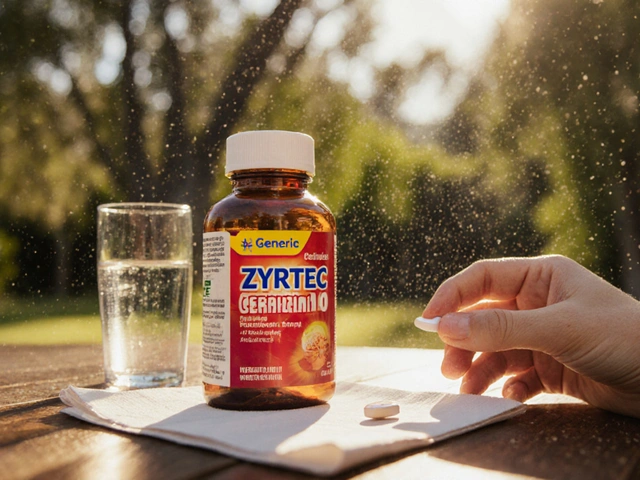Wild Mint: Uses, Benefits, and Safety
Want a simple herb that freshens breath, soothes upset stomachs, and livens up recipes? Wild mint does that and more. This page boils down what wild mint can do, how to use it safely, and quick tips you can try at home today.
Wild mint is the common name for several mint plants that grow in the wild. You’ll find them along streams, in fields, and in shady yards. The leaves are fragrant, with a cool, slightly sweet smell that makes them useful in food, tea, and home remedies.
Practical uses
Here are easy, everyday ways people use wild mint:
- Tea: Steep a handful of fresh leaves in hot water for 5–10 minutes. Mint tea can ease mild indigestion, reduce bloating, and help you relax after a heavy meal.
- Cooking: Add torn leaves to salads, sauces, marinades, or yogurt-based dressings. Mint brightens rich dishes and pairs well with lamb, cucumber, and citrus.
- Inhalation for congestion: Pour hot water over a few mint leaves and inhale the steam for short-term relief from nasal congestion. Keep your face far enough away to avoid burns.
- Topical cool: Crushed fresh leaves mixed with a carrier such as aloe gel or plain lotion can feel cooling on hot skin. Don’t apply strong mint oil neat to skin—always dilute.
Safety and common sense tips
Wild mint is generally safe for most adults when used as food or a mild tea, but watch for these points:
- Pregnancy and breastfeeding: Don’t rely on herbal remedies during pregnancy without checking with your doctor. Some herbs can affect hormone balance or uterine activity.
- Children: Use small amounts for kids and ask a pediatrician before giving regular mint tea to infants or toddlers.
- Allergies and sensitivity: If you get a rash, itching, or stomach upset after using mint, stop and ask a healthcare professional. People with reflux may find mint worsens heartburn.
- Essential oils: Mint oils are concentrated. Never swallow essential oil, and always dilute it heavily for topical use (example: 1 drop oil in at least 10 mL carrier oil). Keep oils away from eyes and broken skin.
- Drug interactions: Mint can interact with some medicines, like those for acid reflux or certain blood pressure drugs. If you take regular medication, check with a pharmacist or doctor before using large amounts of mint or mint supplements.
Want more on herbal options and natural health strategies? Browse related posts on this site for articles about natural performance tips, massage therapy for symptoms, and safe ways to use supplements. If you have ongoing symptoms—severe stomach pain, persistent cough, or sudden allergic reaction—see a healthcare provider promptly.
Ready to try wild mint? Start small: a cup of tea or a teaspoon of chopped leaves in food. Notice how your body reacts and adjust from there. Simple, natural, and usually effective when used sensibly.

I recently discovered a game changer in dietary supplements called Wild Mint, and I can't wait to share it with you all! This amazing herb is known to significantly improve our overall wellbeing. Wild Mint is packed with health benefits, such as aiding digestion, relieving stress, and even boosting our immune system. Plus, it's super easy to incorporate into our daily diets, whether as an infusion, in smoothies, or as a seasoning. Trust me, once you try Wild Mint, you'll never want to go back to your old supplements!
Chris Gore Jun 1, 2023




